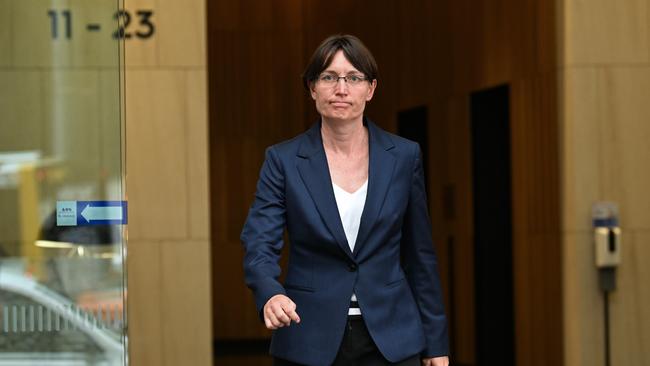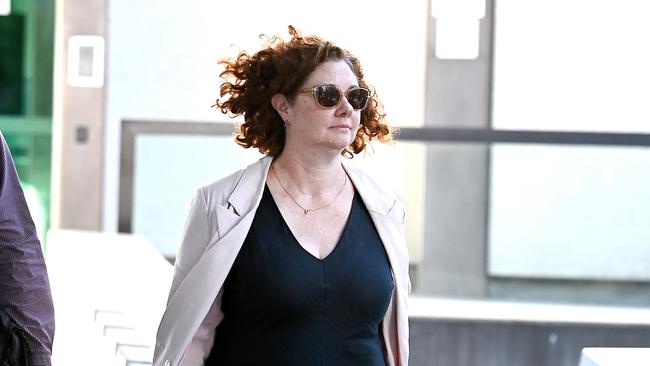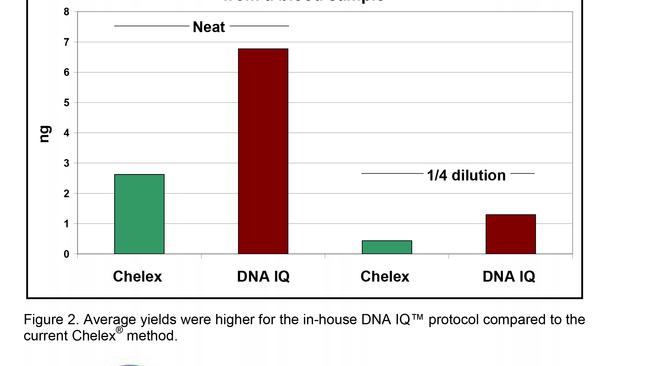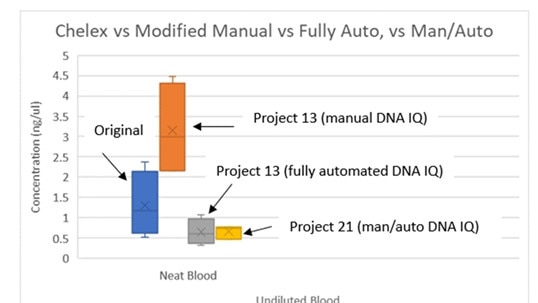Queensland DNA lab’s fake facts key ‘proof of its lies’
A document described as a ‘fact sheet’ misled dozens of scientists and Queensland Health on the eve of the launch of a DNA testing system that was doomed to fail.

A document described as a “fact sheet” misled dozens of scientists and Queensland Health on the eve of the launch of a DNA testing system that was doomed to fail and became the world’s biggest forensics disaster.
This key document, discovered as part of investigations by the second commission of inquiry into Queensland’s DNA fiasco, was not the subject of any findings by the inquiry’s commissioner, Annabelle Bennett SC, and barely featured during public hearings in which scientists were questioned.
The “fact sheet” sent to staff by then-managing scientist Vanessa Ientile just days before the new robotic system was launched in October 2007 falsely claimed it generated “higher yields” of DNA than the manual method in use.

The lab was rushing to launch the automated system to deal with testing backlogs that were causing the state government to come under fire from the courts, the opposition and the public.
An accompanying graph in the document purported to present proof that the new automated system was vastly superior at recovering DNA from samples.
The document used different data that presented a factually wrong but seemingly superior set of results.
Scientists responsible for implementing the system knew at the time that it was failing to recover DNA, and there had been warnings internally that it was not ready to go live because yields were too low.
Independent forensic biologist Kirsty Wright said reporting scientists in the lab who were sent the document were deceived by its claims that the new system was exceptional at recovering DNA.
Those scientists had gone on to provide false and misleading information to courts in criminal cases, Dr Wright said.

“I believe this is the most crucial document in the inquiry. It shows fake data was presented to the lab in a ‘fact sheet’. It shows deception,” she said.
“This document proves it was introduced by lies.”
The document and associated emails were provided to retired Federal Court judge Dr Bennett as part of her $2.5m six-week inquiry into the failed testing system but were not mentioned in her final report this week.
Criminals may have evaded justice in nine years of cases that the “fatally flawed” system was in use, in a devastating blow to victims of crime, the inquiry found.
No one was held responsible, with Dr Bennett blaming governance failures in the lab and finding there was no evidence that scientists engaged in deliberate misconduct.
The second commission of inquiry followed retired judge Walter Sofronoff KC’s original inquiry into the lab last year.
The inquiries were launched as a result of Dr Wright’s investigations with The Australian’s podcasts Shandee’s Story and Shandee’s Legacy.
What scientists in the lab were seeing in the “fact sheet” were results from the manual DNA IQ method, not the automated method that was about to be launched. While the manual method had been found to work well, the automated method was failing to recover DNA in the hands of the lab.

The senior scientist leading the automation project, Tom Nurthen, told the inquiry he was concerned in 2007 that the new robotic system was not ready to go live because yields were too low. He said he raised these concerns with Ms Ientile in project update meetings on October 9 and October 16, 2007.
Minutes of the second meeting record a decision to implement the system and then “optimise”, or fix it, later.
On October 24, 2007, Ms Ientile emailed staff the “fact sheet” that falsely claimed the new automated system generated “higher yields” of DNA.
One member of the automation group, scientist Vojtech Hlinka, emailed Ms Ientile just eight minutes later, telling her it was “slightly misleading” because the yields presented were from a manual method not the automated method.
“This data has not been shown and it may arouse some questions when we do start getting results that are not significantly better in yield,” Mr Hlinka wrote.
Ms Ientile forwarded the reply to Mr Nurthen the same day.
“For you to deal with please,” she wrote.
The new system was launched on October 27, 2007. There was no evidence the problems it had recovering DNA were ever resolved before it ceased being used in 2016, Dr Bennett found.

Dr Wright said she expected the document to be a key line of questioning at the inquiry but that did not eventuate.
“This is not consistent with the conclusions of the commission of inquiry report, that the scientists involved were doing the best they could at the time, and the method was only introduced because there was lack of quality assurance,” Dr Wright said.
If reporting scientists had been shown the system’s real results “there is no way they would take them to court or let the method be introduced”, Dr Wright said.
Iman Muharam, Ms Ientile and Mr Nurthen are named on the fact sheet as authors. They deny any wrongdoing.



To join the conversation, please log in. Don't have an account? Register
Join the conversation, you are commenting as Logout